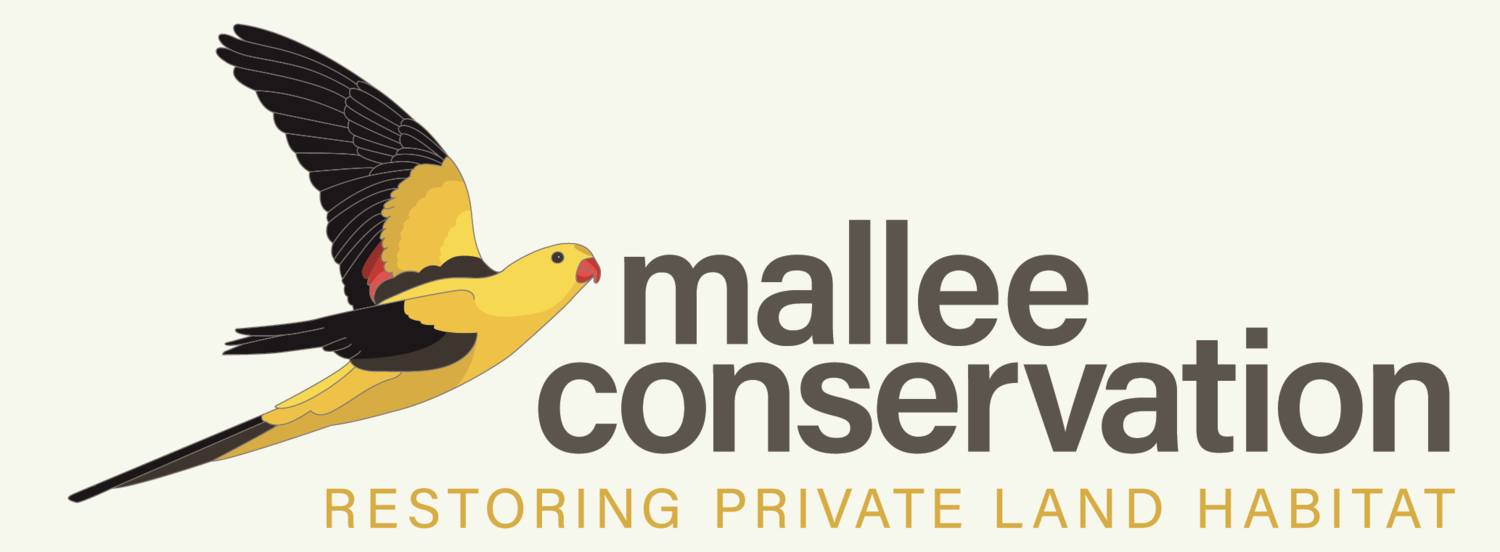Have you soiled your undies?
When you are working with Year 8 students, there is so much mileage that comes with using that phrase. The expression on their faces is priceless when you whip out a pair of giant, white cotton bloomers and wave them about 😊. But there’s a serious message.
Some of our soils are not healthy. We are missing the decomposers.
“Soil microbial decomposers, including bacteria and fungi, and soil insects, are critical for a healthy topsoil. Their activity drives the breakdown of soil organic matter and the cycling of nutrients in the soil. Their activity also contributes to the formation of soil structure and humus.” Soil HASH indicators (2024)
So soiling your undies is serious business 😊
Launched in 2018 in Oregon, Canada it’s a quick and dirty 😊way to measure soil health. Aussies are in on it too, thanks to CottonInfo. Their site has all the instructions you’ll need as well as an interactive map to share the results.
How do I soil my undies?
Do you like what I did there? 😊 Pretty punny. Enough!!
But seriously, it’s pretty simple:
Buy a pair of 100% cotton undies (like these) and wash them to remove the chemicals.
Dig a hole 5-10cm deep and lay the undies flat (horizontally) in the hole.
Take a photo and mark the location with a flag.
Come back two months later and dig them up (I waited five months in the Mallee)
Take another photo and score the level of decomposition.
Here’s a collection of photos from our 2024 activity with Carey Baptist Grammar Year 8 students.
Students buried 100% cotton undies with a variety of soil amendments (biostimulants that activate soil microbes) - TM Agriculture, WormsHit and Fulvic acid. After five months, we dug up the undies and measured the level of decomposition. We found that biostimulants appeared to increase decomposition, but we also had good decomposition of undies buried in natural bushland without biostimulants. The least decomposition was where undies were buried in degraded areas without biostimulants.
We also asked them to name their undies to make soiling your undies a personal experience😊They came up with:
Phil’s undies, The bean hole, Ronaldo the 3rd, Under rupe, Cockroach undies, Walter the white, Basmati Bath House, Green beans, Skidmark team The ultimate sacrifice, Tighty whitey, Captain undies, Shred red rippers, Nonchalant baddies and my favorite Cleo the tax evading T-Rex.
So what is happening? Here’s the explanation:
Cotton fibres are made up of cellulose, which are glucose polymers pieced together. A variety of soil microbial organisms such as fungi and bacteria release cellulolytic enzymes responsible for the breakdown and cycling of these glucose polymers back into the soil system. Therefore, the more organism activity and presence in your soil system, the greater amount of breakdown of the cotton undies. - Prof. Oliver Knox and Cameron Barr, Southern Farming Systems
We look forward to repeating this experiment in 2025, but we are going to use cotton strips. I loved the undies, it was funny, but it just felt so wasteful.
Cotton strips replacing undies
This is from our friends at EcoVineyards (Dr Mary Retallack):
This is a comparative test, so choose several sites for comparison (e.g. best / worst soils) or to assess the impact of a range of soil additives on soil microbes. Place 3 strips per site for a good representation spaced approximately 1 metre apart.
Use unbleached calico (natural cotton fabric), cut it into 20 x 15cm strips. Draw a line using a marker 5cm from the top edge and ensure this edge is protruding from the soil surface when installed. At each strip site, create a vertical slit in the soil with a flat spade. Then place the calico strip on the spade with the line closest to the handle, and the other end wrapped over the bottom of the spade. Insert the calico strip into the soil so that the line is flush with the soil surface. Push back the soil to make sure you have good contact with both sides of the calico. Mark each site close to the calico strip using a bamboo stake with bright flagging tape on top (or similar) as you need to find them later!
Carefully remove the strips (dig them out, don’t pull them as they will tear) and wash them in water to remove all the soil. The strips will have concentrated bacteria and fungi on them so be careful with hygiene, i.e. use gloves, and don’t breathe in close to strips.
Compare the amount of decomposition on the strips. Look for where your activity is highest in the soil profile as that is your active zone. Estimate how much calico is eaten away as a percentage and compare sites. Carry out the tests over time to see if there is a trend developing.












